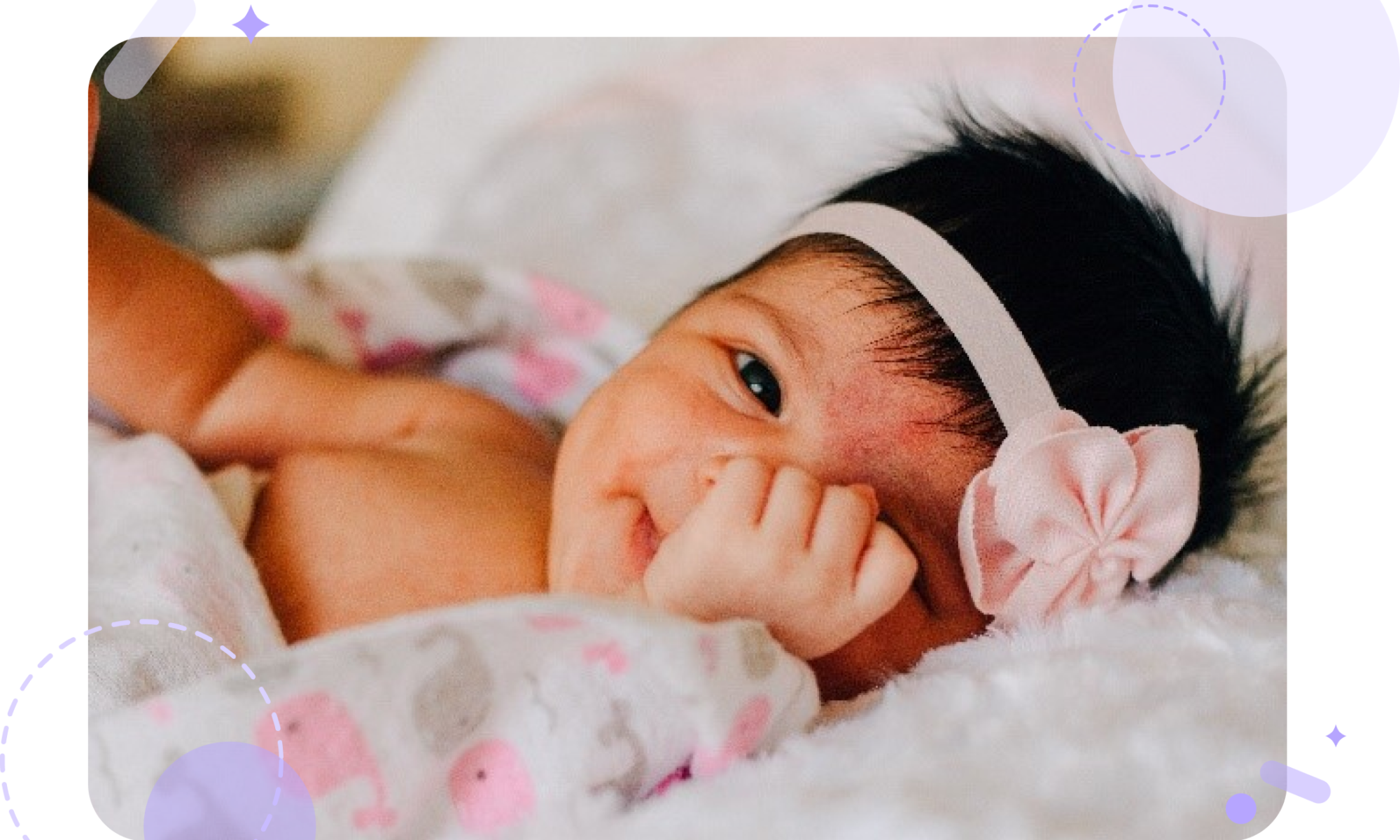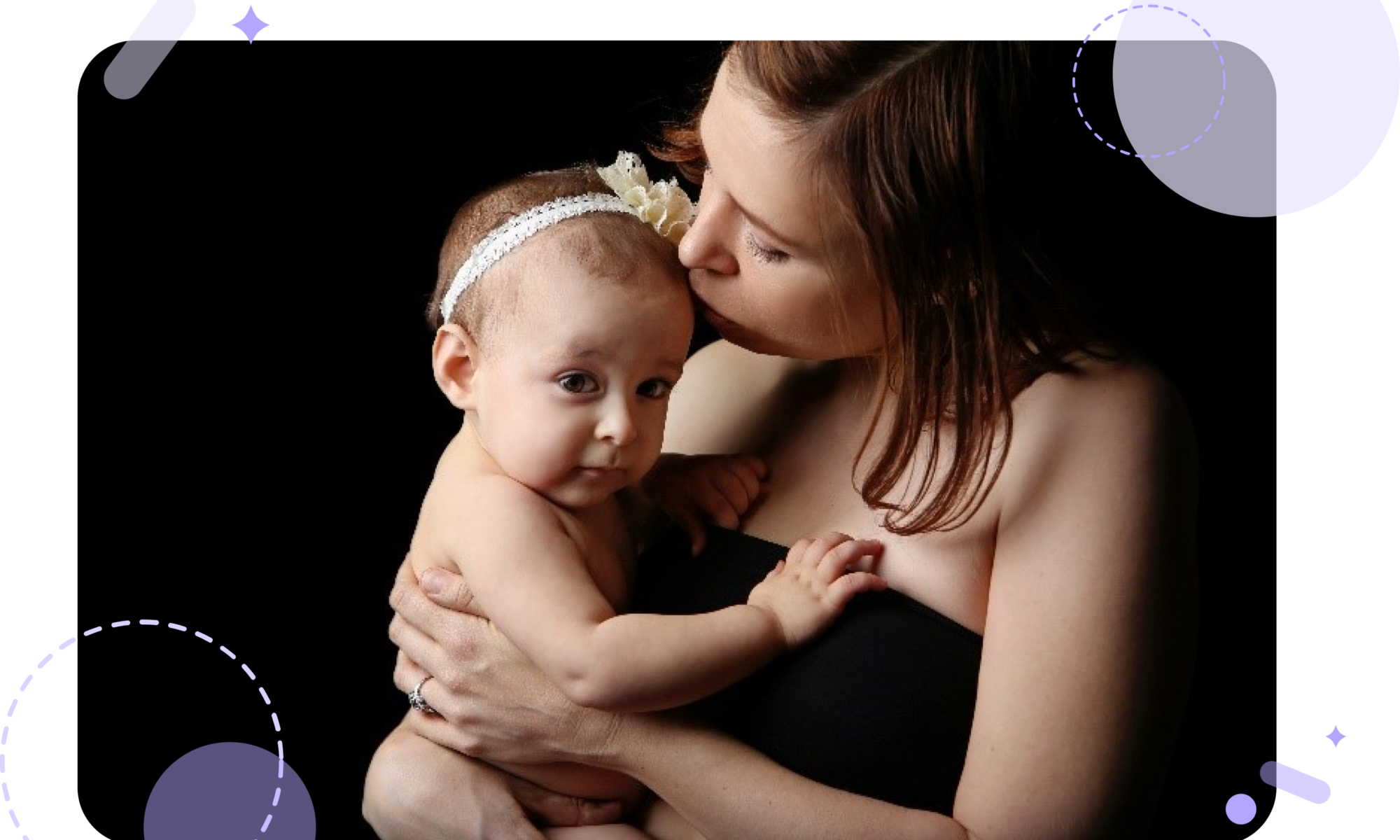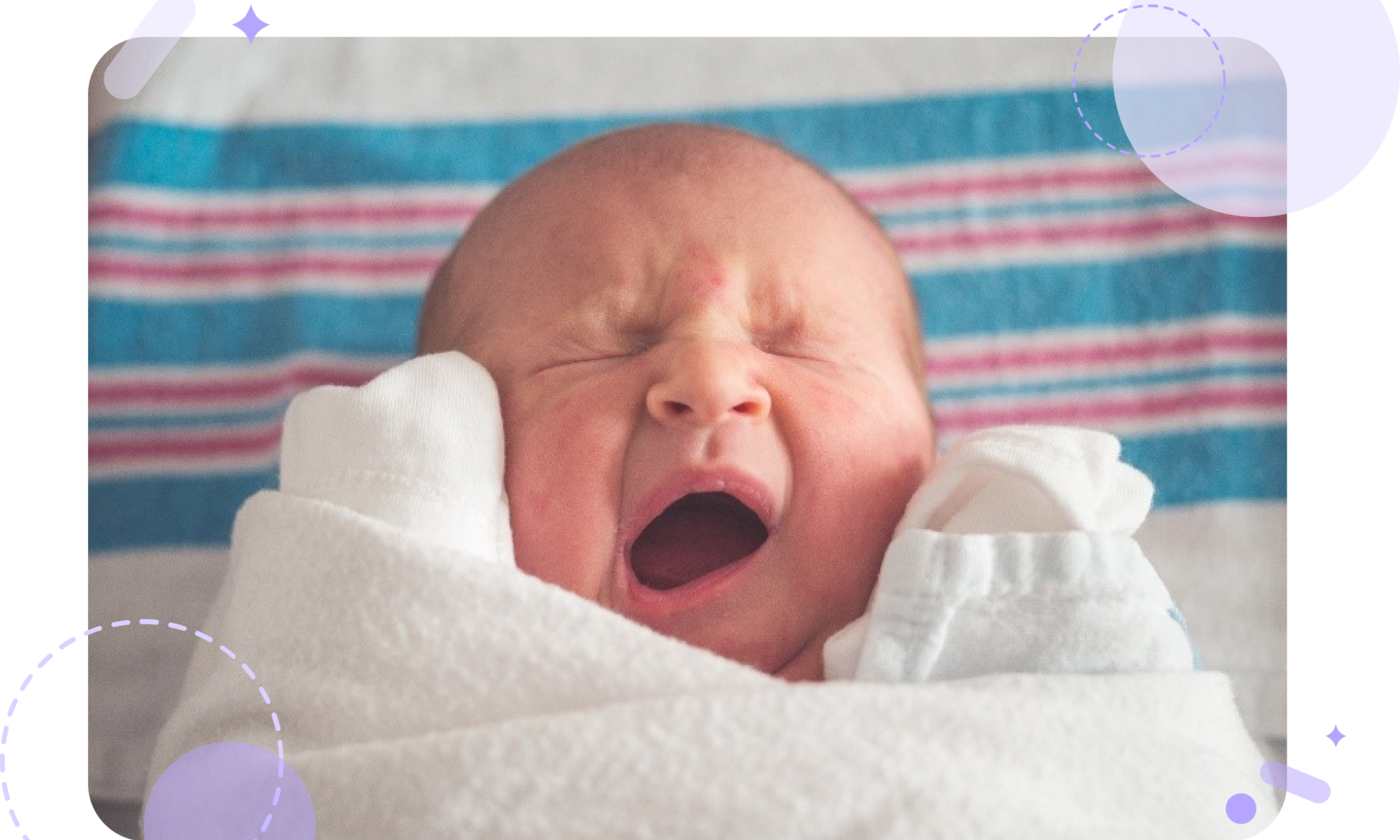
Connecting with your newborn infant is an inherent feeling that begins while they are still in the womb. But seeing your baby smile at you is a feeling to which nothing else compares. Smiling at your child and having them grin back is one of the first ways parents and their infants communicate with each other. So, when do infants begin to smile? And what does it mean?
Newborn infants begin to have grimaces akin to a grin early on in life, even before they are born. These grimaces occur due to the infant’s body reflexes, which appear as though your baby is smiling. Involuntary grins are known as “reflex smiles.” During your baby’s first few weeks of life, you’ll soon start to notice these grins at different periods throughout the day. However, rather than being caused by an emotional state of being, reflex smiles in babies may be caused by your bundle of joy passing gas, as a response to the sensation of comfort (like your child falling asleep), or as an involuntary twitch that fine-tunes face muscle groups. A baby will begin to smile voluntarily between two to three months of age.
Your Baby’s First Social Smile
During the first two months of your child’s life, your baby will start to use their senses to full capacity. They will begin to recognize your voice and become accustomed to it. This stage will trigger a response in your child in the form of a “social smile” which is an intentional smile caused by emotion.
A social smile is an important milestone in your child’s development and indicates many positive aspects of their growth process. A smile demonstrates that the baby’s brain is developing and that their vision and nervous system are maturing to the point where they begin to recognize their surroundings. At this stage, a baby will learn that smiling connects them to their parents and caregivers. Your baby will smile in response to interactions with you and to activities they enjoy.
Encouraging Your Baby to Smile
During the first few months of your child’s life, you can encourage your baby to smile by doing a few things yourself. Increasing physical interaction with your baby during this stage is essential and may trigger your baby to respond positively with a smile. Smiling and maintaining eye contact while talking to your baby will strengthen your bond as well. Being affectionate with your baby is not only a great way of communicating your love and care for them but also sends positive emotional cues to your child. While cuddling with your baby is vital for their brain development, it can also result in your child responding to your maternal hugs with a big smile!
With all the highs and lows that come with raising a newborn infant, seeing them smile can be the most rewarding as you watch your baby grow and develop. Your child’s social smile will mark the first of many significant milestones in their life. It’s essential to be patient during this process and not force your baby to smile as this will occur naturally while your baby grows. In the meantime, take joy in all your baby’s grins and grimaces – you’ll soon swoon over the sight of your child smiling.
Do you have questions about comforting your crying baby? Be sure to check out our “How To Comfort Your Crying Baby” blog on the mymarble.ai blog page.
 Back
Back
